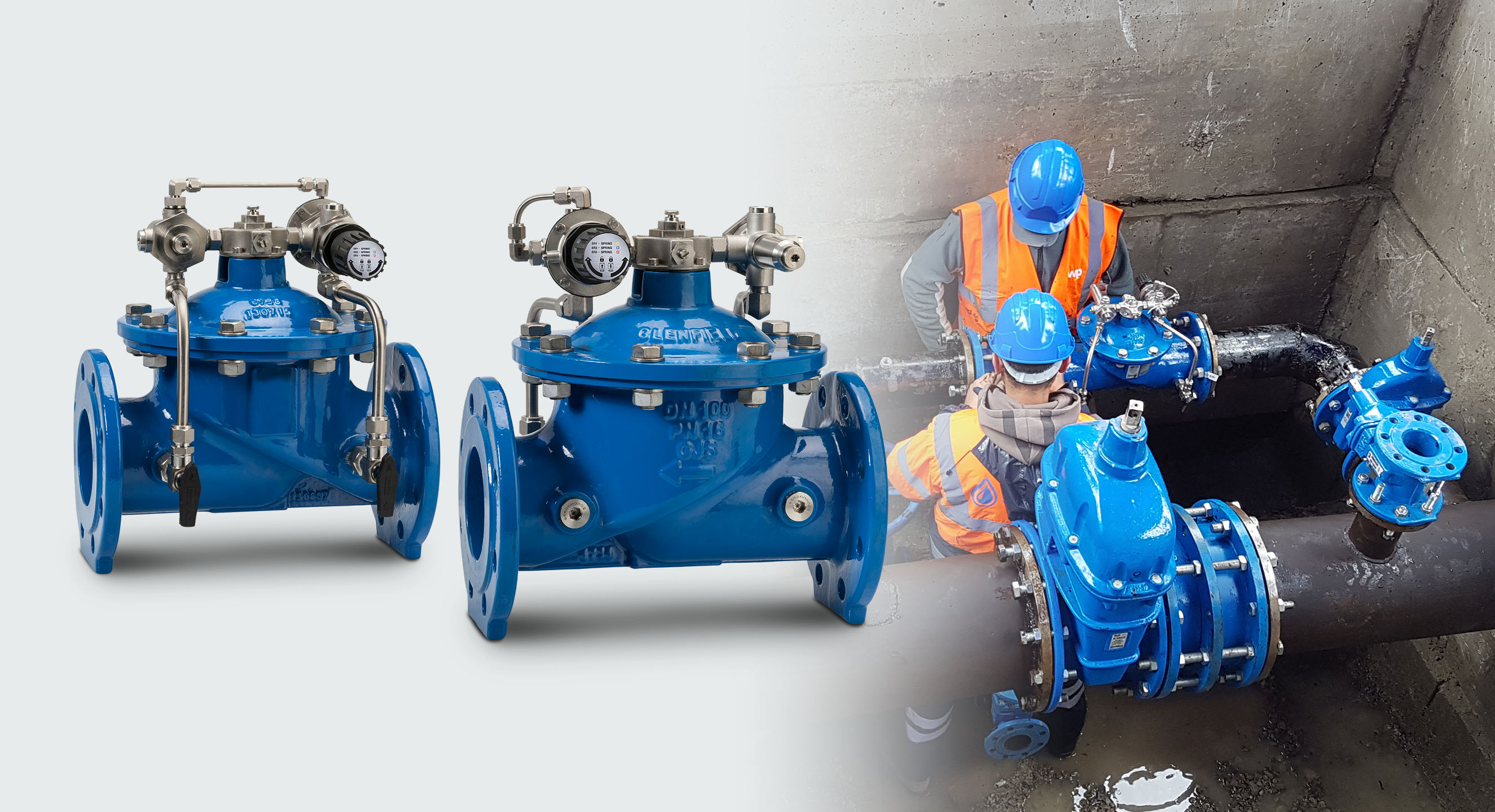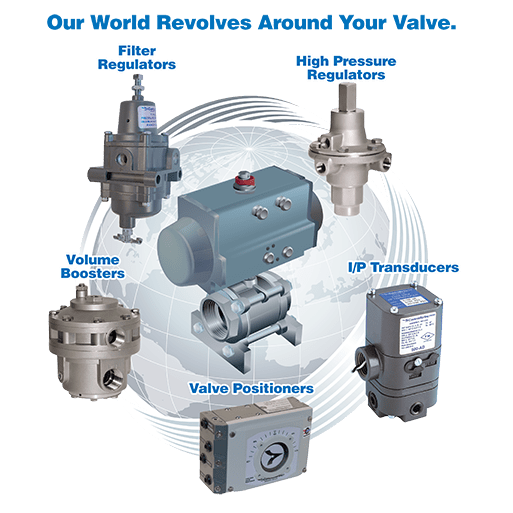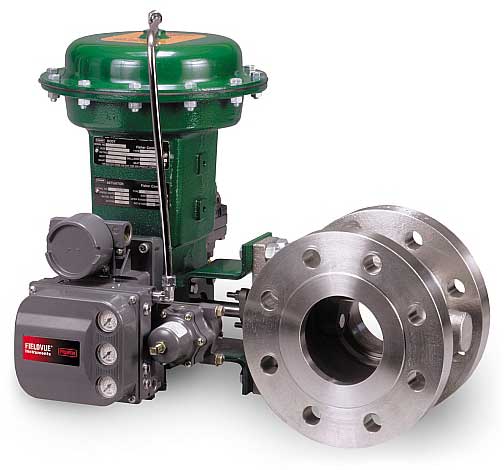Achieve Seamless Integration and Control With Top Quality Building Automation Controls
In the world of modern building management, the relevance of top quality structure automation controls can not be overemphasized. Welcoming quality building automation controls is not merely a matter of benefit however a critical essential for companies intending to optimize their centers' efficiency and sustainability.

Development of Structure Automation Controls
Throughout the past couple of years, the development of developing automation controls has actually dramatically changed the means buildings are managed and operated. Constructing automation systems largely concentrated on standard features such as managing air flow, air, and home heating conditioning (HEATING AND COOLING) systems. However, as innovation advanced, these controls have actually come to be a lot more advanced, permitting a larger series of building systems to be incorporated and managed centrally.
The development of constructing automation controls has actually seen a change in the direction of more smart systems that can adapt to transforming conditions in real-time. This adaptability is critical for enhancing energy performance and making certain occupant comfort. In addition, modern building automation controls currently supply features such as predictive maintenance, remote monitoring, and information analytics, allowing center managers to make data-driven decisions to enhance structure performance.

Advantages of Top Quality Assimilation
The improvement in building automation regulates towards even more intelligent systems has actually highlighted the considerable benefits of quality integration in enhancing structure operations and improving total efficiency. Quality integration of developing automation controls supplies several essential benefits. It leads to boosted power performance by permitting various systems to function with each other effortlessly, ensuring optimal efficiency and decreasing power waste. Top quality combination improves resident comfort and productivity by enabling individualized control over ecological settings like air, lights, and temperature quality. This customization can lead to an extra comfy and conducive working or living setting. Furthermore, top quality combination simplifies upkeep and fixing procedures, as all systems are adjoined and can be monitored and controlled from a central user interface. This central control also gives much better exposure and understandings into structure performance, allowing proactive upkeep and optimization strategies. Overall, the benefits of quality integration in structure automation controls are undeniable, using enhanced effectiveness, comfort, and operational performance.
Boosted Customer Experience and Access
Enhancing customer interaction with structure automation controls with user-friendly layout and boosted access raises the general experience for residents and facility managers alike. By concentrating on user experience, developing automation systems can become more efficient and straightforward. Instinctive user interfaces, clear navigating, and adjustable settings empower users to connect with the controls conveniently and efficiently.
Ease of access functions play a critical function in guaranteeing that all individuals, consisting of those with specials needs, can use the building automation regulates effortlessly. Integrating features such as voice commands, responsive switches, and color-contrasted screens can boost access and make the controls a lot more inclusive.
In addition, enhanced user experience brings about higher customer fulfillment, enhanced productivity, and better decision-making. Residents can adjust ecological setups according to their choices, while facility supervisors can effectively keep track of and take care of structure systems - control valves. Generally, focusing on Get More Info user experience and accessibility in building automation regulates adds to an extra seamless and effective structure environment for all stakeholders included
Lasting Practices Through Automation

In addition, automation can promote the integration of sustainable energy resources such as solar panels or wind generators right into building procedures. Through automation, buildings can line up with modern-day sustainability objectives and add to a greener future.
Future Trends in Building Control Equipment
In anticipation of advancing and progressing modern technologies sustainability methods, the trajectory of structure control systems is positioned to welcome transformative approaches and cutting-edge solutions. One noticeable fad forming look at this site the future of building control systems is the increased integration of Artificial Knowledge (AI) and artificial intelligence. These technologies enable structures to adjust in real-time to altering conditions, optimizing power intake and improving comfort for residents. Furthermore, the Net of Things (IoT) is revolutionizing structure control systems by connecting sensors and tools to enhance operations and boost efficiency.
An additional key trend is the focus on cybersecurity steps to shield against prospective risks to constructing automation systems. As buildings come to be a lot more interconnected, guaranteeing durable cybersecurity protocols will certainly be important to secure delicate information and stop unapproved gain access to.
Moreover, the shift towards cloud-based platforms is gaining momentum, allowing for systematized control and remote accessibility to building systems. This helps with easier surveillance, upkeep, and updates, boosting the total performance and flexibility of building control systems. As modern technology proceeds to advancement, these patterns are anticipated to form the future landscape of building automation controls, driving technology and sustainability in the developed atmosphere.
Verdict
Future patterns in structure control systems are most likely to concentrate on additional enhancing automation abilities for improved energy efficiency and total efficiency. It is vital for building proprietors and operators to prioritize the fostering of high quality structure automation manages to optimize building operations and accomplish long-term sustainability goals.
In the world of modern-day building management, the relevance of quality structure automation controls can not be overstated. Generally, the evolution of building automation regulates continues to drive innovation in the link building monitoring market, offering brand-new possibilities for developing smarter and much more lasting structures.
The advancement in structure automation controls towards more intelligent systems has underscored the considerable benefits of top quality combination in maximizing structure procedures and improving general performance. Generally, prioritizing customer experience and accessibility in structure automation manages contributes to an extra smooth and effective structure setting for all stakeholders involved.
It is necessary for structure proprietors and drivers to prioritize the adoption of quality structure automation manages to enhance building operations and accomplish long-term sustainability goals. - control valves